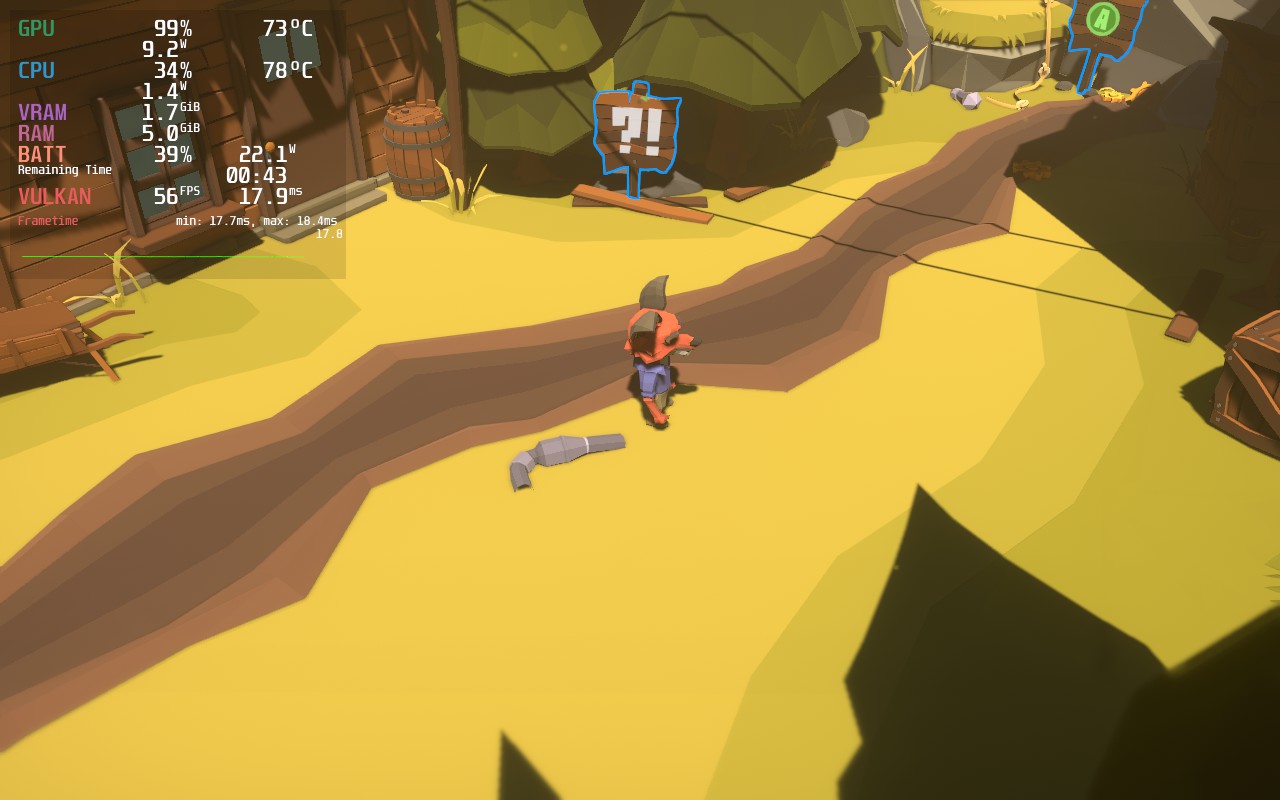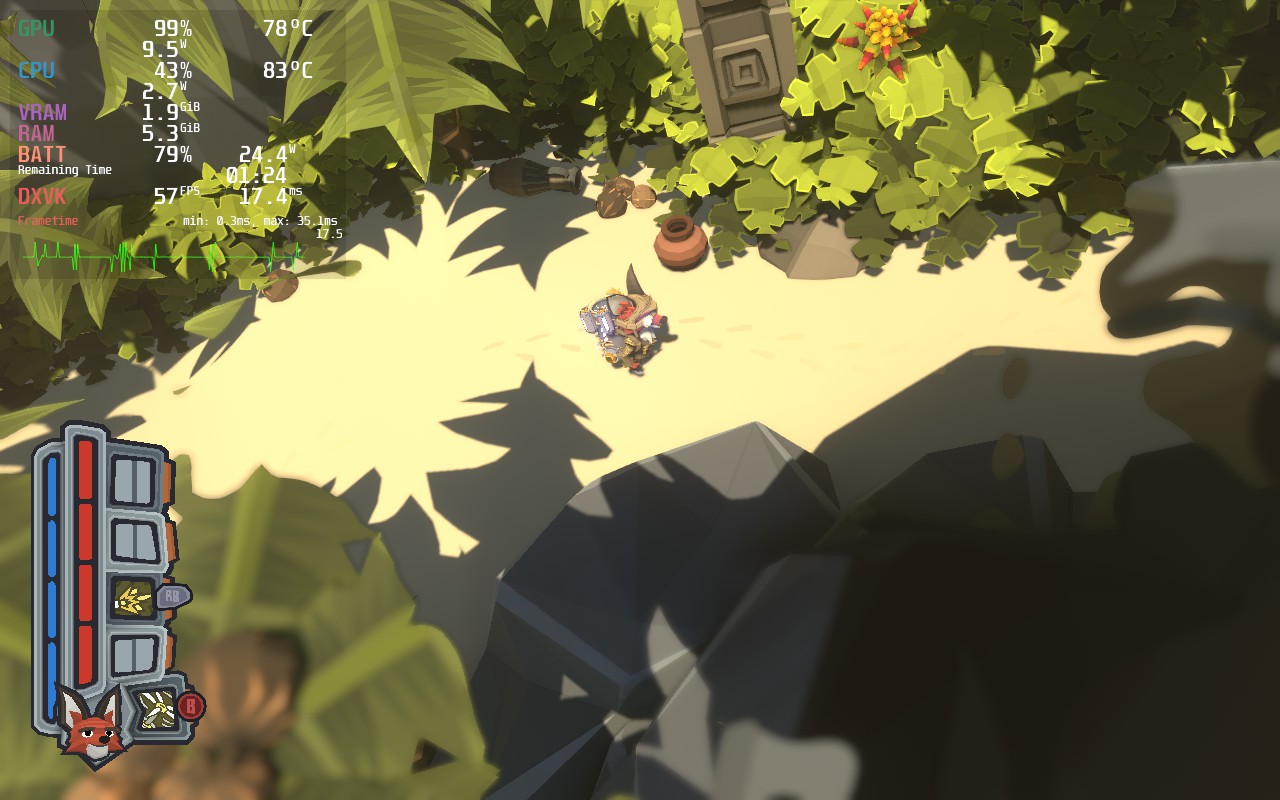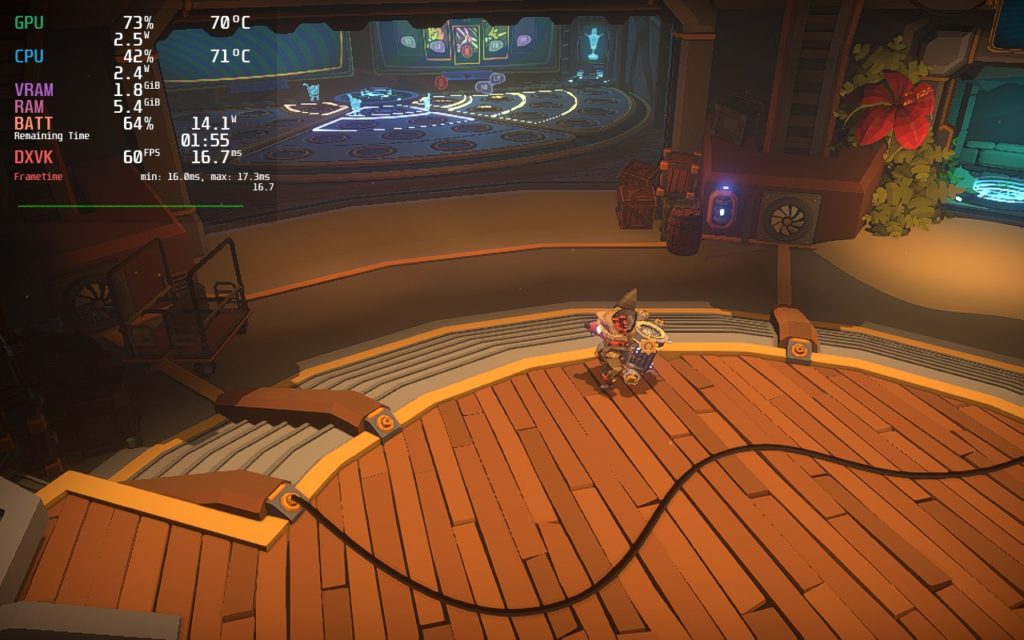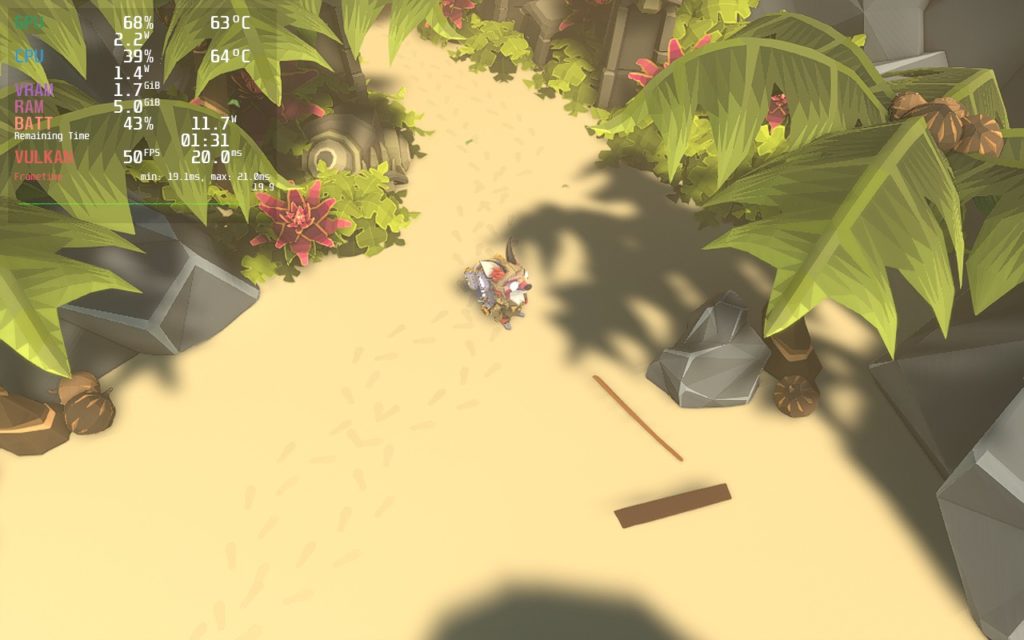
The game was provided to us by the developer/publisher for review. Thank you!
What happens when your home is attacked and your TV remote is stolen while you're enjoying your favorite show? Well, obviously you race after them to get your damn remote back! Trifox is a 3D platformer that puts you in this exact position! Utilizing 3 different classes and a fun mix-and-match ability system, you will push your way through your enemies across 4 different worlds using twin-stick shooter combat. Will you be able to get back to your shows?
In my time with Trifox, I have to say I enjoyed it fairly well. I think it is a really competent platformer and did find the mix-and-match ability system to be quite entertaining. I also do like that I can switch between the three unique classes (Warrior, Engineer, and Mage) and abilities easily in the hub before or after each level with abilities that are unlocked staying unlocked. I am also a sucker for colorful visuals that really pop, which this game has in spades! Overall, it is quite an enjoyable game on its own, not trying to reinvent the wheel, but definitely holds its own. But regardless, that isn't what we are looking at today, we need to see how Trifox can run on Deck!
Throughout Twitter, we have seen posts about how well the game runs and fits on the Steam Deck, but running at max/out of the box settings, this is nowhere near the truth. With a drain of 23W - 24W and instability at 60 FPS, the game will struggle just trying to walk around. This gets significantly worse when enemies come into play too, which can make the game fluctuate way too much. Luckily, we were able to not only find a way to get it running well, but keep battery drain low with a stable 60 FPS.

This is the opening area in Trifox, just standing still in an empty field. There's no reason the drain and temps should be this high!
With graphics settings coming into play, there are really only 2 to choose from that mean anything: Resolution and Shadows. Changing the shadows can influence the framerate, but comes at a much higher reduction in visual quality. Luckily, due to the style of this game, FSR doesn't reduce visual quality nearly as much when upscaling from a lower resolution and it helps framerate significantly more. So, with a resolution of 960x600, FSR with Sharpness 1, and shadows at high, we can get around 13W - 15W and a stable 60 FPS with a wonderful visual quality.


Honestly, I personally enjoy the sharper look from the recommended settings much more than the max settings.
I also elected to keep Vsync on specifically at 1 frame as the input lag from using Wayland's limiter (quick access menu cap) was way too apparent. Playing like this felt like the best way to really play the game though and I found more enjoyment this way.

If you are looking for something more quality or battery focused though, we have you covered! For our quality build, I felt keeping it at 1152x720 resolution, 50 FPS, and shadows on Ultra was the best combination. It did drain a little more battery, but it was a bit nicer to look at and still felt quite smooth.

For the battery, going back to 960x600, putting shadows on low, and keeping FSR brought us down to a nice 11W - 12W drain while still looking great. This will be the way to go if you have to conserve battery, but even still, both the other builds tend to be competent enough on their own!

Now while the game can be played well on Deck with these settings, I did notice some quirks that could be worrisome. This game interacts oddly with SteamOS's settings every now and then. I noticed that with a TDP limit, regardless of what it is set at, the game will cap itself out. To test, I set my TDP to 10, which should bring drain to around 18W, but it sticks around 14W. If I turn TDP off completely, the game will shoot up to 23W. This can be a bit obnoxious as, if it went up normally and stuck to the TDP limit, I could have pushed a bit more on the quality build.
Trifox also interacts weirdly with the GPU Clock Speed Frequency. While I did set one and found a sweet spot for it, changing it more resulted in another weird issue. If I set it too low, the game would cap itself 2-3 FPS below what I wanted it to be. For example, if I set my GPU Frequency to 900 instead of 1000, the game would cap itself at 58-59 FPS instead of 60. This persisted even when I set it back to 1000 and a quick restart to the game fixed this. I did try to just change settings down, but even so, the cap would not lift until I restarted the game. I would say this made testing purposes take a little longer, but if you are just putting down 1 build, you should be fine.
Trifox is quite the fun game to play and, if you are a fan of twin-stick shooters and platforming, this could be a good game to add to your library. The platforming is solid, the combat is fun, and the mix-and-match ability system is enjoyable to toy around with. On the Steam Deck side though, definitely needs tweaking to get this to run optimally. But once it does, as long as you don't change much afterwards, you are going to have a damn good time!
Our review is based on the PC version of this game.
If you enjoyed this review, be sure to check out the rest of the content on SteamDeckHQ! We have a wide variety game reviews and news that are sure to help your gaming experience. Whether you're looking for news, tips and tutorials, game settings and reviews, or just want to stay up-to-date on the latest trends, we've got your back!
Trifox is an enjoyable and competent 3D platformer with unique combat mechanics and, with a few tweaks, it performs very well on the Steam Deck!

SteamOS:
Unlimited FPS Cap with 50 Refresh Rate
Half Rate Shading OFF
TDP Limit 10
FSR Sharpness 1
Proton Version:
No Forced Compatibility
Game Settings:
Resolution: 1152x720
Shadow Quality: High
Vsync: 1 Frame
Projected Battery Usage/Temps:
15W - 17W
Around 65c - 70c temps for CPU and GPU
Around 3 hours of gameplay
SteamOS:
Unlimited FPS Cap with 50 Refresh Rate
Half Rate Shading OFF
TDP Limit 6
FSR Sharpness 1
Proton Version:
No Forced Compatibility
Game Settings:
Resolution: 1152x720
Shadow Quality: Low
Vsync: 1 Frame
Projected Battery Usage/Temps:
10W - 12W
Around 60c - 65c temps for CPU and GPU
Around 3.5 - 4 hours of gameplay